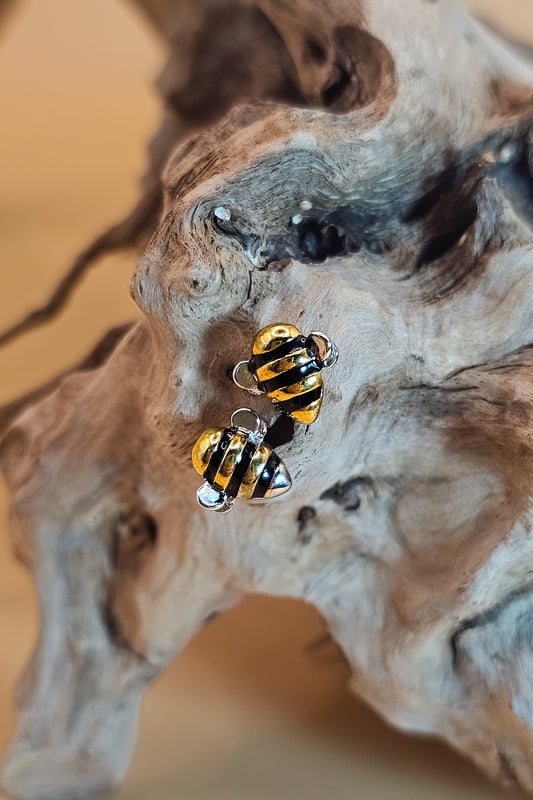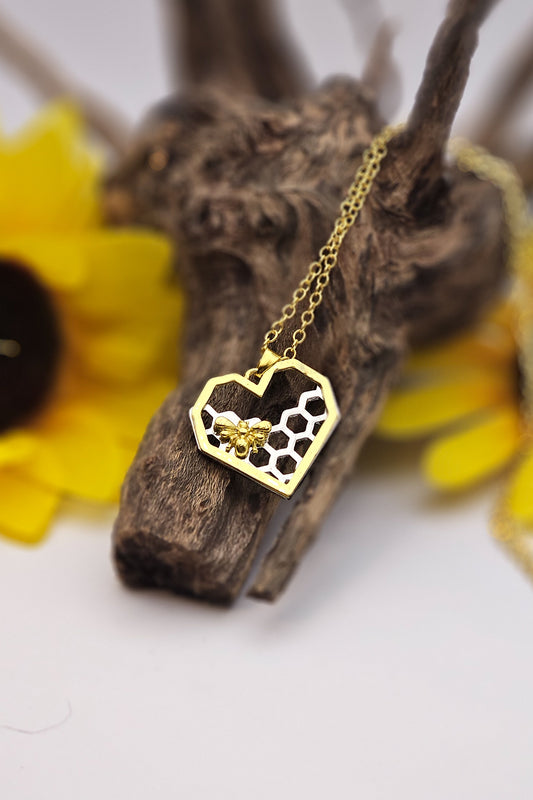How much more can there be to know about bees, you ask? Plenty! Today we share another 23 tidbits, some pretty fascinating. You can't help but admire and fall in love with bees when you read about them in short highlights like this.
Bees are omnivores, they eat nectar and pollen.
Bees pollinate over 90 food crops, 80% of the world's plants, and 1 out of every 3 bites of food we eat.
Honey bees have 170 odor receptors which means they have a heightened sense of smell.
For an egg to develop into an adult bee, it takes a worker bee 18-22 days, a drone 24 days, and the queen 16 days.
In a honeybee hive, the residents are about 90% female, with only one queen, around 100 male drones, and tens of thousands of female worker bees.
There are more than 20,000 species of bees, but most people only know about honey bees.
The largest bee in the world is Wallace’s Giant female bee. It can grow to 38mm. Read about it in our blog post.
The tiniest bee in the world is the Perdita Minima, at less than 2mm long. It lives in the US southwest. Read about it here.
Bees can solve basic math problems according to scientists who have tested them.
This 5:18-minute video by the Bee Built is a lovely intro to Solitary Bees, which we haven't provided any tidbits about yet:
Bees navigate by using the Sun as their compass.
Studies suggest bees are sensitive to the earth’s magnetic field as part of their navigation.
Bees' eyes are sensitive to polarized light, so they can fly with the sun even if it is behind thick clouds.
Bees do not like to fly in rain, high winds, or in the dark.
Worker bees are unable to mate, but can lay unfertilized eggs that can become males. The queen eats these.
The queen bee controls her hive by using chemicals known as pheromones.
To maintain dominance in the hive, a queen bee produces queen mandibular pheromone (QMP).
The queen bee decides on the sex of her larvae based on the current needs of the hive.
A male drone that has not died in a mating flight by autumn is kicked out of the hive.
Bees get their protein from eating pollen, which is rich in protein and many other nutrients.
When a worker bee stings, an alarm pheromone is released from its Koschevnikov gland near the sting shaft and it smells like bananas to alert the hive to danger.
Bananas contain a compound called isoamyl acetate (or isopentyl acetate) – the same as the honeybee alarm pheromone.
Nasanov pheromone is released by worker bees from a gland on the abdomen to help foragers find their way home and it smells like lemongrass oil.
Elephants are afraid of honey bees, so African farmers use beehives to keep elephants from roaming.
We hope you are enjoying the Amazing Bee Facts this week! More to follow tomorrow.








